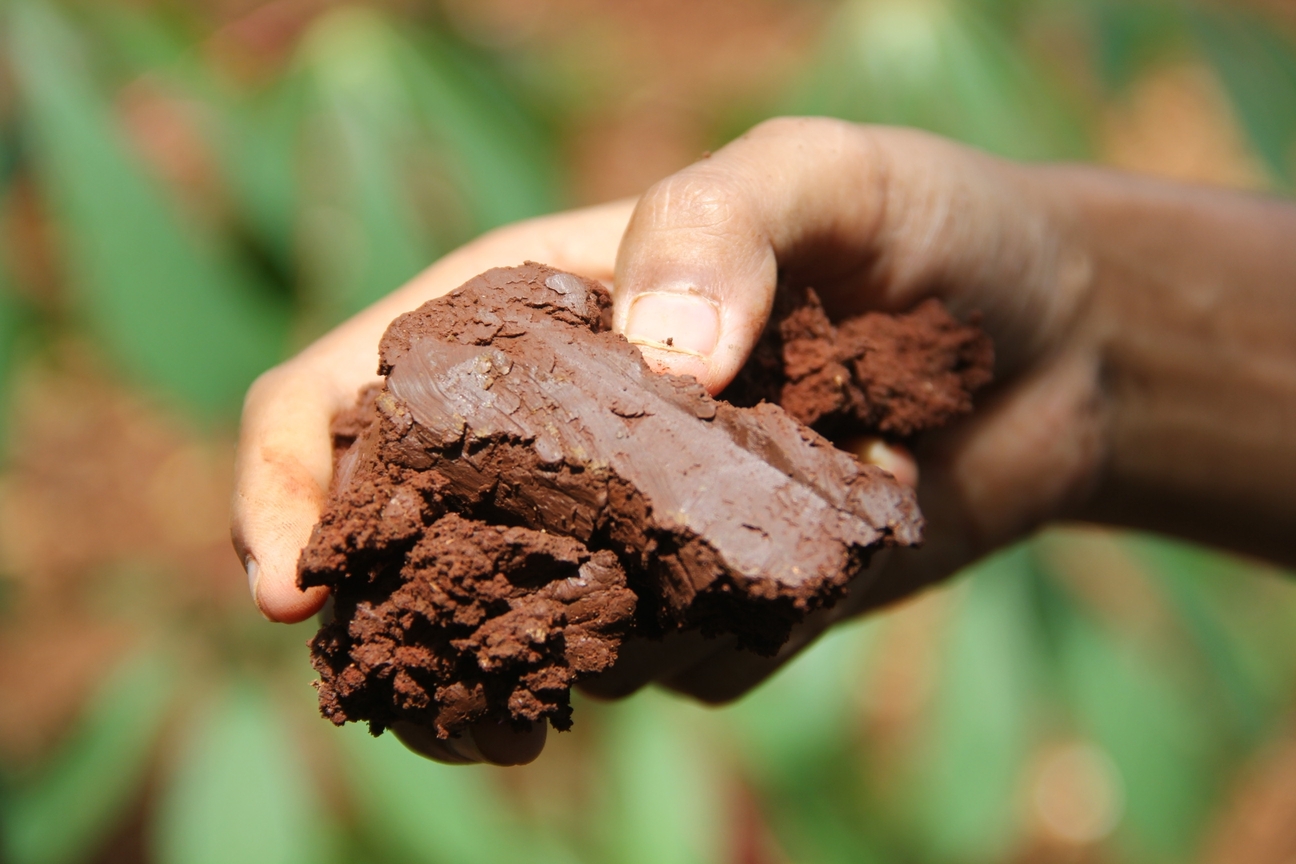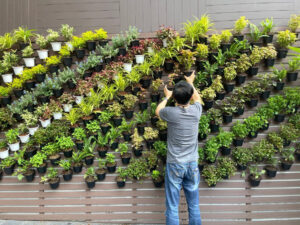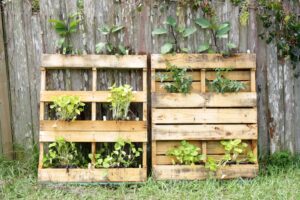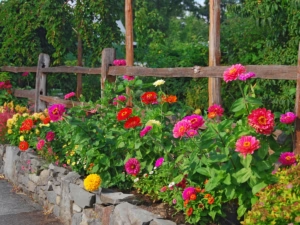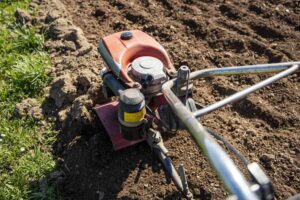Tips for Gardening in Clay Soil: A Comprehensive Guide
Clay soil presents unique challenges for gardeners across the United States. While it retains nutrients well, its dense structure can make growing plants difficult without proper management. This guide provides practical advice for transforming challenging clay soil into a productive garden that supports a variety of plants, including culinary herbs.
Understanding Clay Soil
Clay soil consists of tiny, flat particles that pack tightly together. When wet, it becomes sticky and heavy; when dry, it hardens like concrete. Despite these challenges, clay soil has advantages—it holds moisture and nutrients exceptionally well. The key is learning how to work with its properties rather than against them.
How to Identify Clay Soil
You can identify clay soil through several simple tests:
- Squeeze test: Take a handful of moist soil and squeeze it. Clay soil forms a tight ball that holds its shape.
- Ribbon test: Roll some moist soil between your fingers. Clay soil forms a ribbon before breaking.
- Jar test: Place soil in a jar with water, shake, and let settle. Clay particles are the smallest and will form the top layer after settling.
According to the USDA Natural Resources Conservation Service, understanding your soil type is the first step toward successful gardening.
Improving Clay Soil Structure
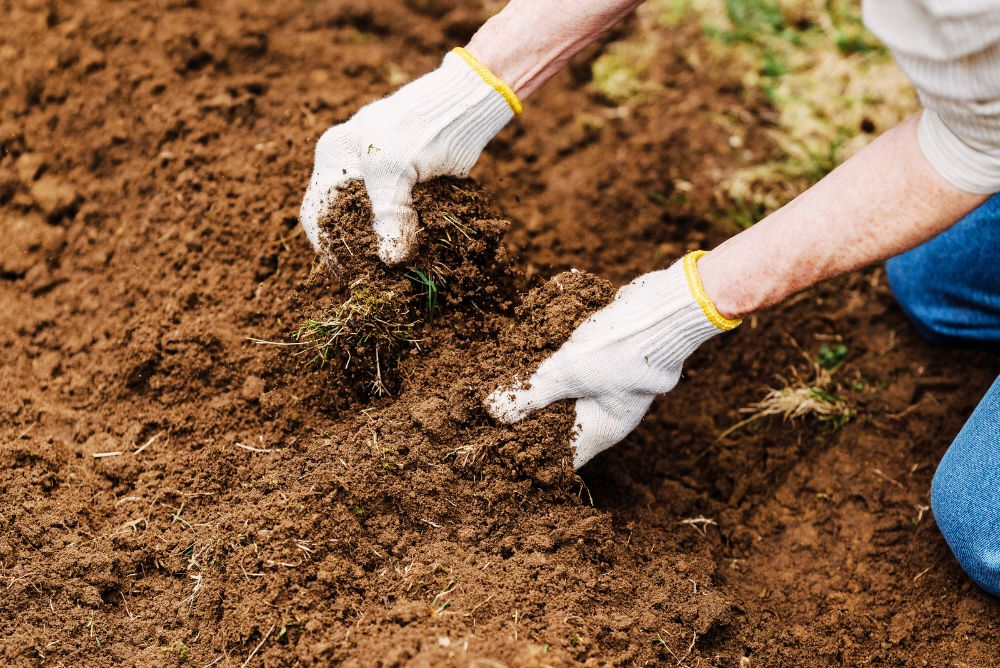
Adding Organic Matter
The single most effective way to improve clay soil is adding organic matter. This creates air pockets, improves drainage, and enhances microbial activity.
Best Organic Amendments for Clay Soil:
| Amendment Type | Benefits | Application Rate | Best Time to Apply |
|---|---|---|---|
| Compost | Improves structure, adds nutrients, supports beneficial microbes | 2-3 inches spread on top | Fall or spring |
| Aged Manure | High in nutrients, improves structure | 1-2 inches spread on top | Fall (to decompose before planting) |
| Leaf Mold | Improves structure, adds beneficial fungi | 2-3 inches | Any season |
| Pine Needles | Increases acidity, improves drainage | 1-2 inches | Spring or fall |
| Cover Crops | Adds organic matter, prevents erosion, roots break up clay | Varies by crop | Typically fall |
No-Till Gardening Approach
Rather than fighting clay soil’s dense structure by tilling (which can worsen compaction in the long run), consider a no-till approach:
- Apply compost or other organic matter on top of soil
- Use mulch to suppress weeds
- Let earthworms and soil organisms do the work of incorporating organic matter
- Only dig when absolutely necessary for planting
This method preserves soil structure and beneficial soil organisms.
Raised Beds: The Clay Soil Solution
Raised beds offer an excellent solution for gardening in clay soil:
- Provides immediate planting options while you improve native soil
- Offers better drainage and prevents waterlogging
- Warms up faster in spring
- Prevents compaction from foot traffic
Build raised beds at least 12 inches high and fill with a mixture of topsoil, compost, and other amendments.
Planting Techniques for Clay Soil
Best Times to Work Clay Soil
Timing is crucial when working with clay soil:
- Never work clay soil when wet—this causes compaction
- Wait until soil is moist but not soggy
- Spring and fall are typically best for major soil amendments
- Test by squeezing a handful of soil—it should crumble, not form a sticky ball
Plant Selection for Clay Soil
Some plants naturally thrive in clay soil conditions. When selecting plants, consider these clay-tolerant options:
Vegetables that thrive in clay:
- Broccoli
- Brussels sprouts
- Cabbage
- Kale
- Swiss chard
Herbs that tolerate clay soil:
- Mint (best contained to prevent spreading)
- Oregano
- Thyme
- Sage
- Bee balm
For a comprehensive list of plants suited to clay soil in your specific region, check the USDA Plant Hardiness Zone Map.
Proper Planting Techniques
When planting in clay soil:
- Dig holes twice as wide as the root ball but only as deep as the root ball
- Roughen the sides of the planting hole to encourage roots to penetrate
- Mix compost with the removed soil at a 50/50 ratio
- Avoid creating a “bathtub effect” where water collects around roots
- Apply 2-3 inches of mulch, keeping it away from stems and trunks
Watering Strategies for Clay Soil
Clay soil’s water retention properties require specific watering techniques:

Proper Irrigation Methods
- Water deeply but infrequently to encourage deep root growth
- Consider drip irrigation to deliver water slowly
- Water in the morning to reduce evaporation and fungal issues
- Allow the top 1-2 inches of soil to dry between waterings
Managing Drainage Issues
Poor drainage is a common issue with clay soil:
- Create swales to direct excess water away from garden beds
- Install French drains for severe drainage problems
- Add compost to improve overall drainage capacity
- Consider rain gardens to make use of areas that naturally collect water
According to the EPA’s WaterSense program, proper drainage and irrigation can reduce water waste while keeping plants healthy.
Seasonal Maintenance for Clay Soil Gardens
Spring Tasks
- Apply a thin layer of compost as plants begin growing
- Add mulch to retain moisture and suppress weeds
- Plant cover crops in any unused areas
- Avoid walking on wet garden soil
Summer Care
- Maintain consistent moisture levels with proper watering
- Reapply mulch as needed to conserve moisture
- Monitor for compaction and add organic matter as needed
Fall Preparation
- Add a layer of compost or leaf mold
- Plant cover crops like clover or winter rye
- Consider adding gypsum if soil tests indicate it would be beneficial
Winter Management
- Leave plant debris for winter protection
- Continue adding organic matter like fallen leaves
- Use winter to plan next season’s garden layout
- Consider soil tests to determine spring amendment needs
Growing Culinary Herbs in Clay Soil
Many herbs actually thrive in clay soil once properly amended. Their aromatic qualities are often enhanced by the mineral content of clay.
Best Culinary Herbs for Clay Soil
- Rosemary (Rosmarinus officinalis)
- Prefers well-drained soil, so plant in raised areas
- Once established, tolerates clay soil well
- Use in Mediterranean dishes, with roasted meats
- Oregano (Origanum vulgare)
- Thrives in clay soil once established
- Drought-tolerant after first year
- Essential for Italian and Greek cuisine
- Thyme (Thymus vulgaris)
- Excellent for clay soil with added grit
- Prefers drier conditions
- Versatile in cooking from soups to roasts
- Sage (Salvia officinalis)
- Tolerates clay soil well
- Drought-resistant once established
- Perfect for poultry dishes and stuffing
- Mint (Mentha species)
- Grows almost too well in clay soil
- Plant in containers to control spreading
- Use in desserts, drinks, and Middle Eastern dishes
Herb Garden Design for Clay Soil
When designing an herb garden in clay soil:
- Create raised beds or mounds for herbs requiring better drainage
- Group herbs with similar water needs together
- Consider a spiral herb garden design to create micro-climates
- Use stepping stones to prevent soil compaction when harvesting
Harvesting and Using Your Herbs
To get the most from your clay soil herb garden:
- Harvest herbs in the morning after dew has dried
- Take no more than 1/3 of the plant at one time
- Preserve excess herbs by drying or freezing
- Use fresh herbs at the end of cooking for maximum flavor
The USDA Agricultural Research Service notes that fresh herbs not only enhance flavor but also provide nutritional benefits.
Troubleshooting Common Clay Soil Problems
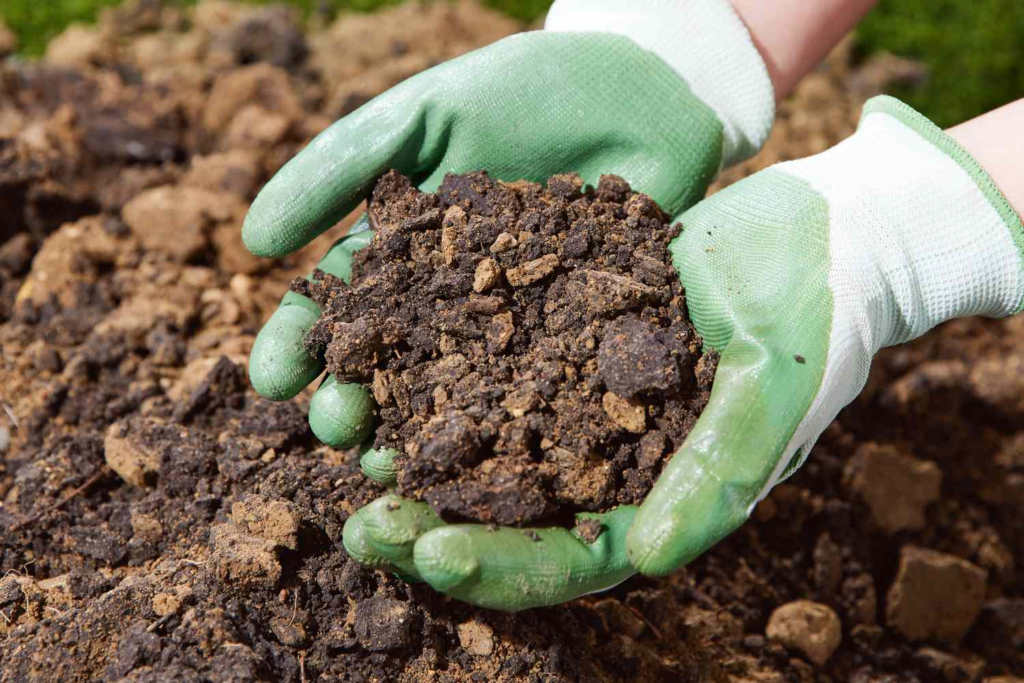
Compaction Issues
Signs of soil compaction include:
- Standing water
- Stunted plant growth
- Difficulty pushing a trowel into soil
Solutions:
- Add more organic matter
- Use a garden fork to create holes (not turning soil)
- Plant deep-rooted cover crops
- Avoid walking on garden beds
Nutrient Imbalances
Clay soil often binds nutrients, making them unavailable to plants:
- Conduct regular soil tests through your local extension office
- Adjust pH as needed (typically by adding lime if too acidic)
- Add specific amendments based on test results
- Consider foliar feeding for quick nutrient delivery
Pest and Disease Management
Clay soil can contribute to certain pest and disease issues:
- Improve drainage to prevent root rot
- Maintain proper spacing for air circulation
- Monitor plants regularly for early problem detection
- Consider companion planting to deter pests naturally
Conclusion
Gardening in clay soil requires patience and understanding of its unique properties. By improving soil structure, selecting appropriate plants, and using proper maintenance techniques, you can transform challenging clay soil into a productive garden. Remember that soil improvement is an ongoing process—each season’s efforts build upon the last, creating increasingly fertile ground for your plants.
With these techniques, your clay soil can become an asset rather than an obstacle, providing a mineral-rich foundation for growing vegetables, flowers, and especially culinary herbs. The initial work may be challenging, but the rewards of a thriving garden make every effort worthwhile.
